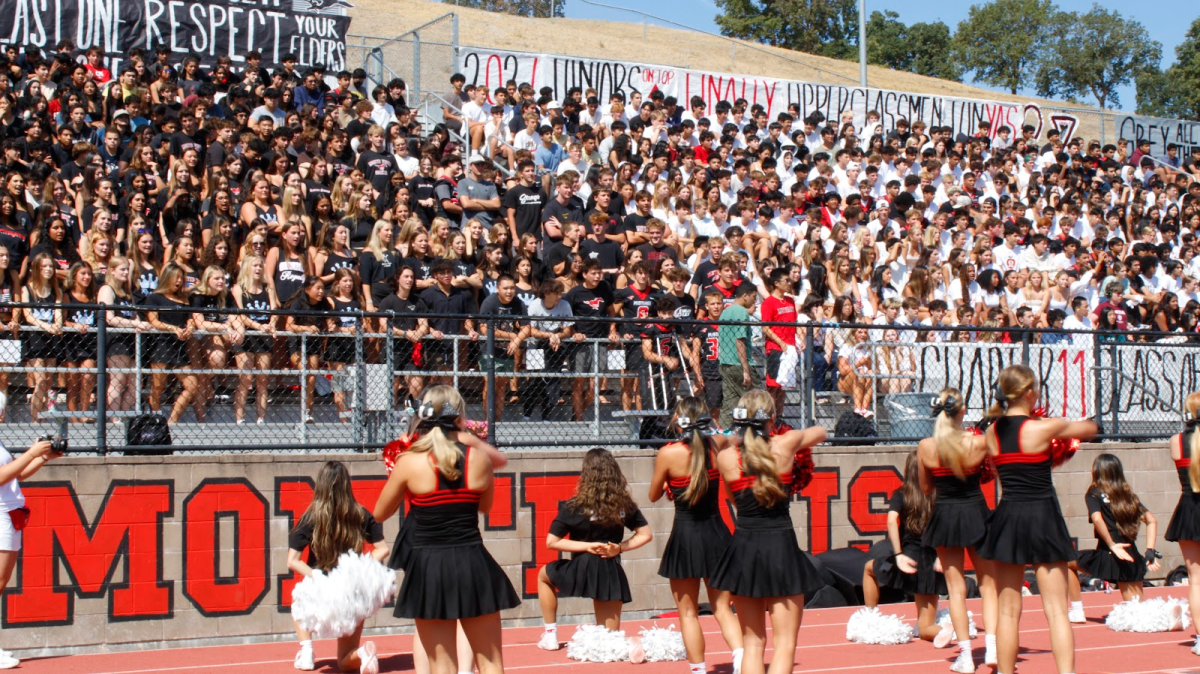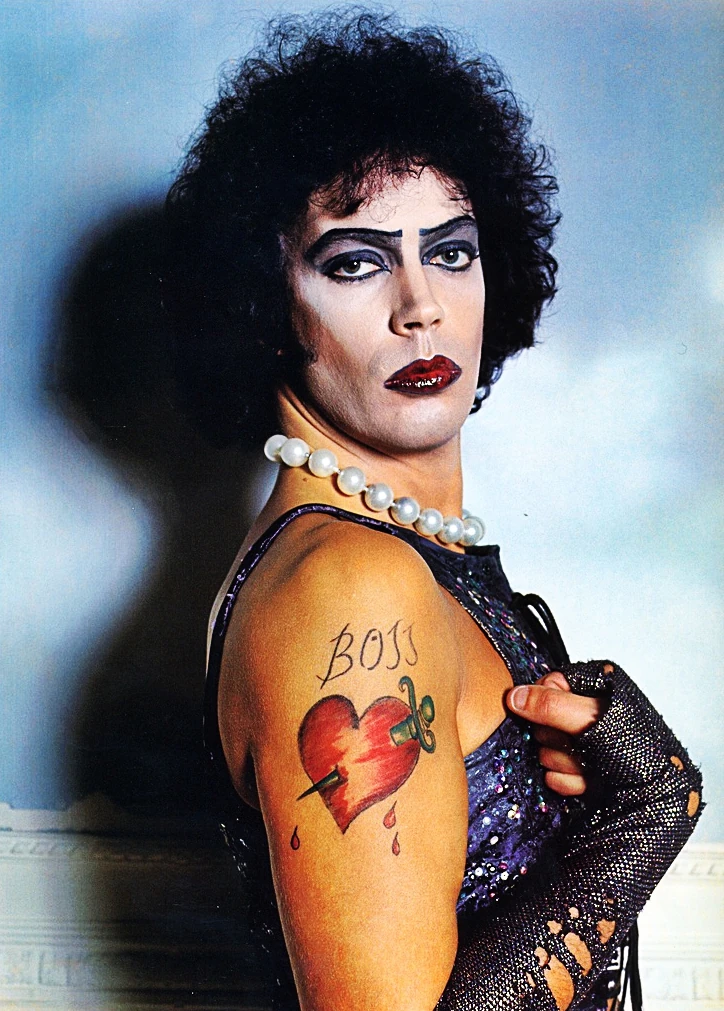The breakdown on physical education
February 28, 2019
While some students may have enjoyed PE in middle school and freshman year, many others might disagree. Although PE may not seem like an important problem, it becomes a major one when students are purposely not showing up to school in order to avoid their least favorite class.
Data collection of the “Texas Fitness Now” program as explained in research done by The Atlantic, the state’s $37 million program for “academic achievement” only did the opposite, with a staggering increase in absence rates.
Along with excessive absences was a rise of disciplinary action, which, economic professor, Analisa Packham from Miami University suggests is an effect of bullying in PE class.
PE class could potentially give students an opportunity to be compared and harrassed for not doing as well as others. Students often feel uncomfortable around other students, leading to anxiety and the desire to not show up to class in order to avoid daily embarrassment.
As important as it is for children to stay fit, PE class could arguably be approaching it the wrong way.
Getting a taste of different sports is nice, however not every kid enjoys playing every sport. Similarly, not every student is as competitive as the other.
When someone who has never played a sport in their life is on a team with a die hard basketball fan who has been playing since he was seven years old, it can often make the unathletic student feel, well, unathletic.
Most students can agree that running a mile is not the problem. However, when being compared to other students who have had more athletic opportunities growing up may make a student feel as though they are unhealthy or need to lose weight. Finishing last in the mile can be embarrassing.
On the other hand, Monte Vista, specifically, has shifted its program several years ago to accommodate both the athletic and nonathletic population of students. It focuses on physical health rather than just sports.
Perhaps one’s opinion on PE makes them refer to how it was in elementary and middle school rather than the ninth grade.
The ninth grade program for Monte Vista consists of two very specific goals: to improve engagement by making the environment 100% inclusive, not exclusive (meaning everyone could participate regardless of athleticism, physical ability, injury, or sports experience), and (2) to teach the substantive principles of movement quality and fitness that transcend all sports and other physical activities (meaning students would be able to learn how movement patterns translate to every sport and life in general, and to distinguish between safe and effective movement patterns and dysfunctional movement patterns).
In better words, these goals target the main idea to teach principles that unify all physical movement to prevent injury from respective sports or simple daily activity.
The grading system for Monte Vista PE teachers is based primarily off of attitude rather than numbers.
“We do not grade on athleticism or physical abilities, only attitude, effort, and engagement,” said Monte Vista PE teacher, Christopher Lum. “I cannot recall ever seeing a student consistently engage in class activities with honest effort and a positive attitude that didn’t earn an A in the class, regardless of their athleticism or physical abilities.”
Despite his or her mile time or athletic talent, a student could earn full credit all year long as long as they show effort and a positive attitude.
Monte Vista is required by the district to credit students daily for attendance and participation in class activities. Students are given opportunities, however, to make up physical activity on absent days.
But then, there’s the required Physical Fitness Test. State laws (Assembly Bill 265 of October 1995 and Senate Bill 896 of 1998) require all school districts to administer a physical fitness test to all fifth, seventh, and ninth graders. It tests aerobic capacity, body composition, muscular strength, endurance, and flexibility.
Why does a student need to do a specific number of curl ups to pass? Students are given calculated averages to be compared to—depending on their age and gender. While for many students, these numbers are not a problem, they cause other students to worry about not passing gym.
Though PE is meant to be fun and effective, the competition is not for everyone. Students should not have to worry about such a class, but they are. It could legitimately lead to anxiety and even bullying.
“Most understand that PE is meant to see if you’re healthy physically, which is not a terrible concern,” said junior Hashana Wijetunge. “…but when kids start to compare and exclude others based on how athletic they are, the class gains a bad rep, especially when teachers are adding on to the exclusivity.”
PE could also be considered a period in a student’s schedule that could be used instead to take an AP or Honors class to boost their GPA, if needed. Another question is why PE does not stop in middle school. The extra course along with its expense in supplies and uniforms could be avoided if they simply ended PE in middle school instead of carrying it on for one year of high school.
Despite its’ limited negative effects, PE has most definitely changed and has been altered by Monte Vista PE teachers in effort to make it fair and fun for all students. Few problems are only brought up by negative behavior.
PE is notorious for being one of the most dreadful classes for a lot of students, but in reality it has its’ benefits if taken with a positive attitude. Students should disregard any comments by other students and not compare themselves to others. It’s PE. Have fun!












